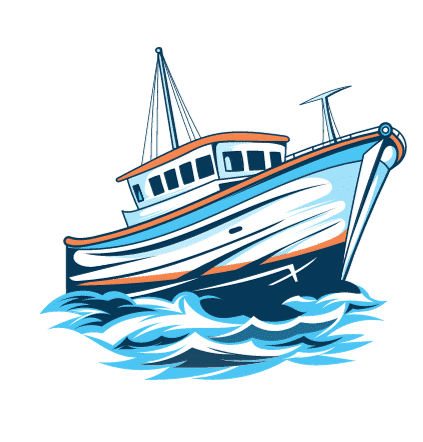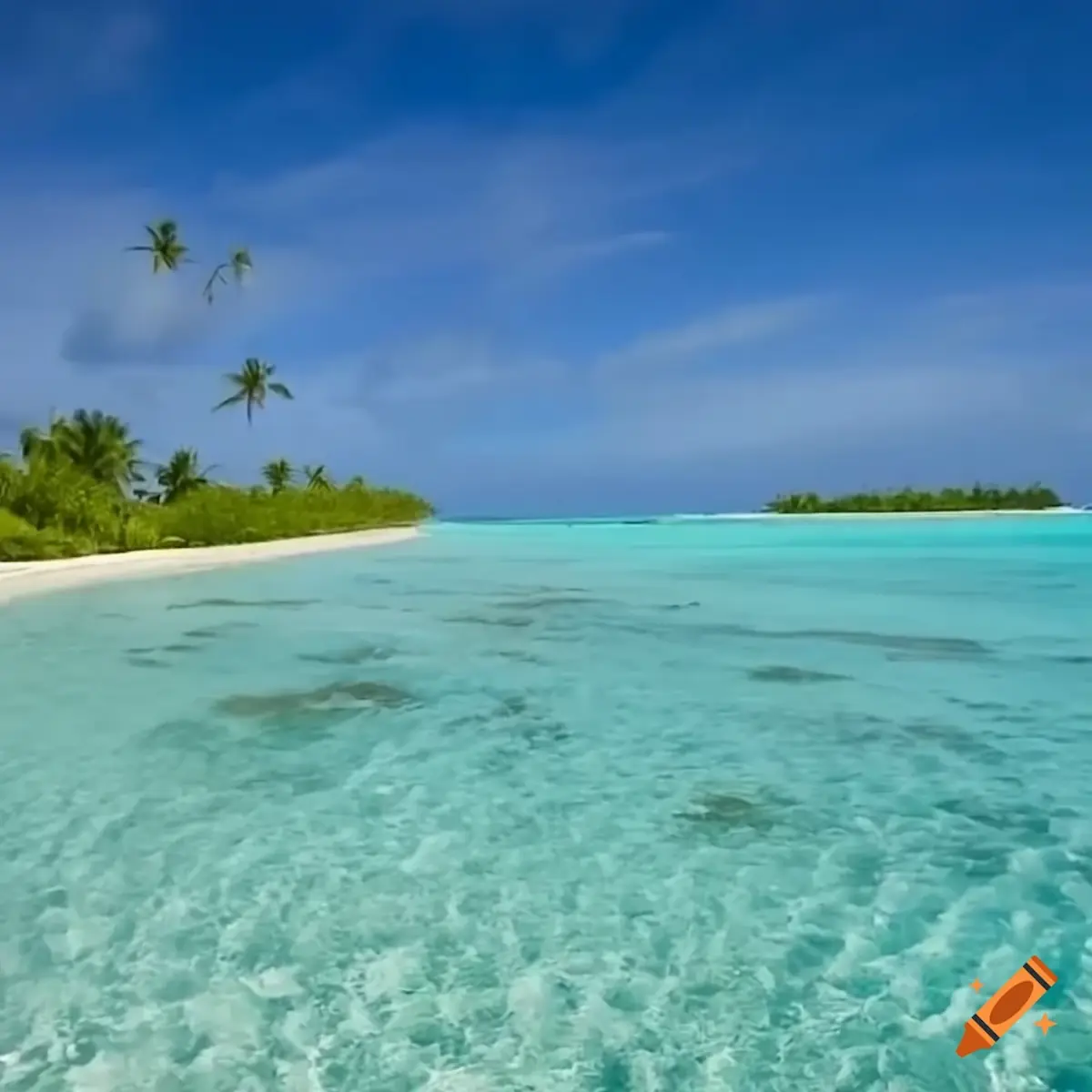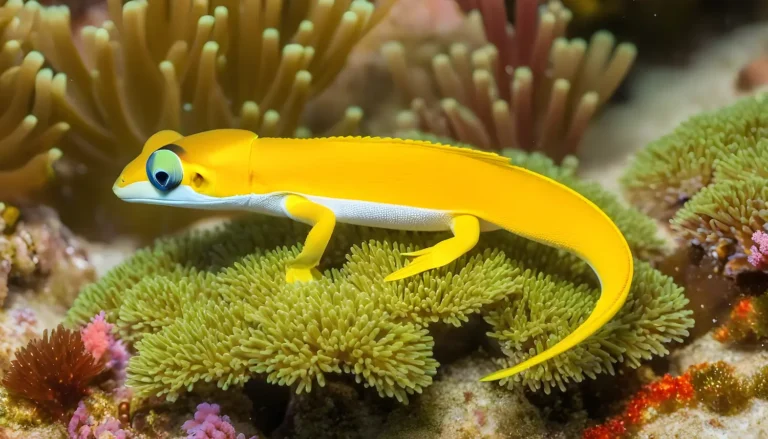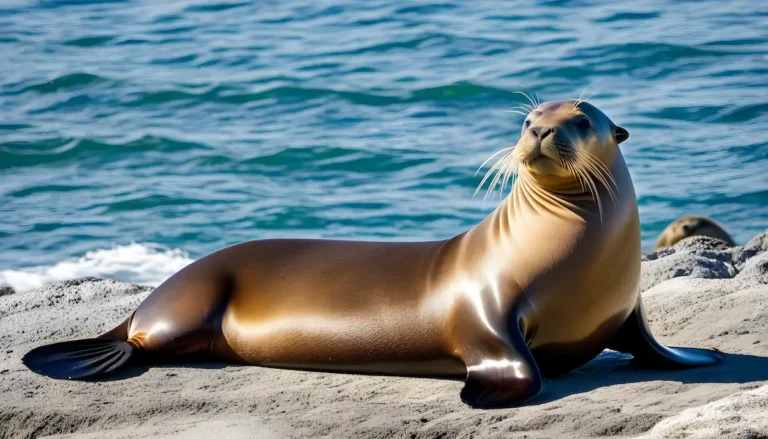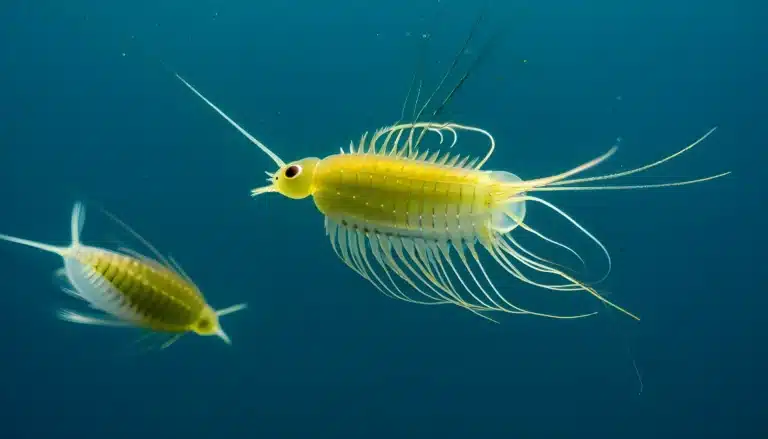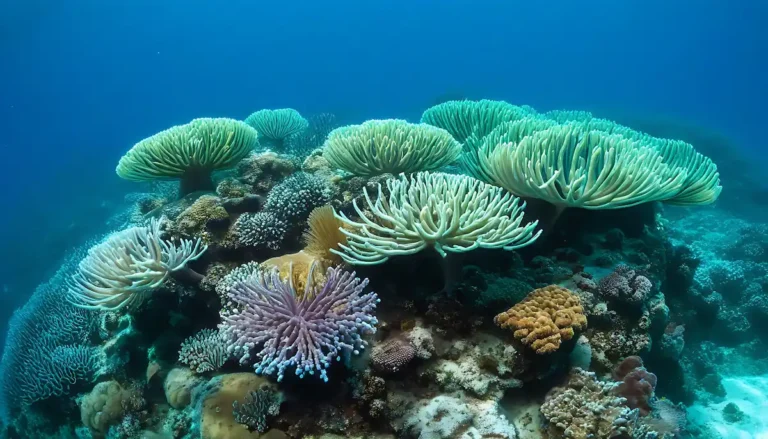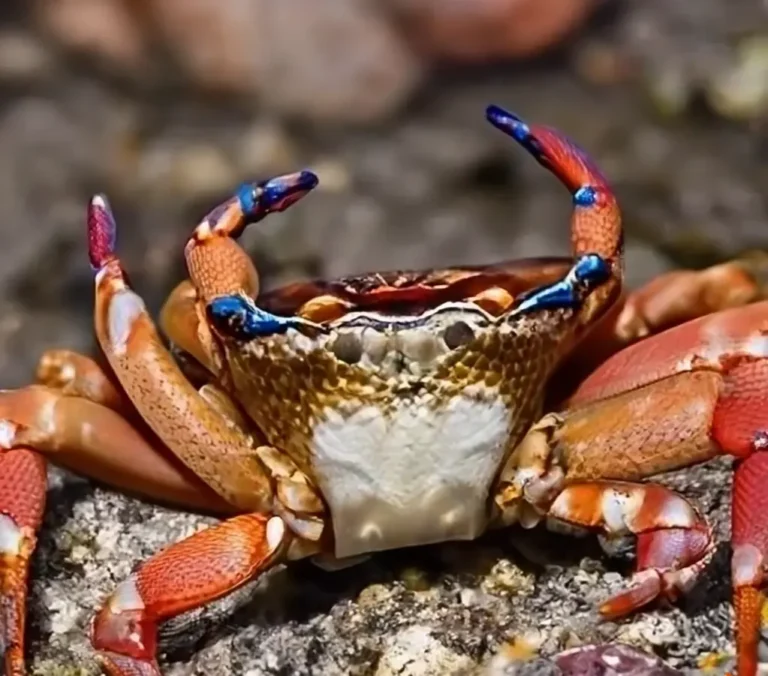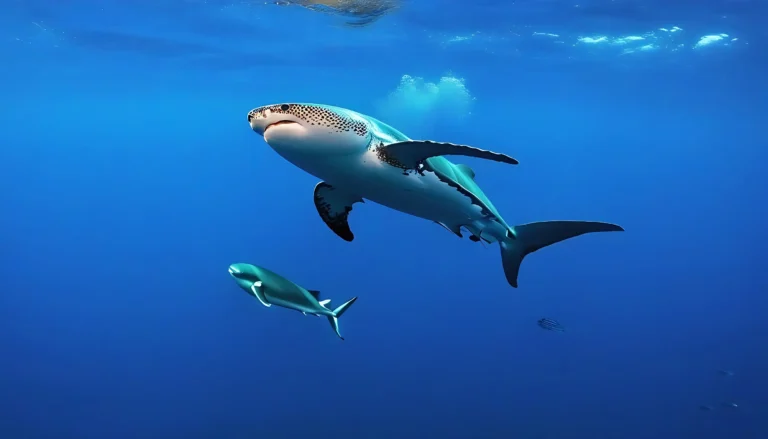The Indian Ocean: A Comprehensive Overview
The Indian Ocean, situated between Africa, the Southern Ocean, Australia, and Asia, stands as the world’s third-largest ocean, covering an expansive 70,560,000 km2. In the Eastern Hemisphere, it comprises 19.8% of the Earth’s surface water. Named after India, its northern border, the Indian Ocean has been known as such since 1515, following an earlier designation as the Eastern Ocean. As the warmest ocean globally, it lies near the equator and is landlocked in the Northern Hemisphere, not extending to Arctic waters, rendering it a closed ocean.
Geographical Features:
Madagascar, the largest island in the Indian Ocean and the fourth largest globally, holds significance in this vast body of water. Moreover, 40% of the world’s offshore oil production originates from the Indian Ocean.
The Sunda Trench, also known as the Java Trench, serves as the deepest point in the Indian Ocean, with a depth of 7,450 meters. The delimiting boundaries of the Indian Ocean include the 20° east meridian from Cape Agulhas for the Atlantic Ocean and the meridian of 146°49’E from the Southernmost point of Tasmania for the Pacific Ocean. The northernmost extent extends to 30° North in the Persian Gulf.
Marginal Seas:
The Indian Ocean is surrounded by several significant marginal seas, including the Andaman Sea, Bay of Bengal, Arabian Sea, Laccadive Sea, Gulf of Oman, Persian Gulf, Gulf of Aden, Red Sea, and Mozambique Channel. These marginal seas, shallower than the ocean itself, play a crucial role in facilitating major sea routes that connect the Middle East, Africa, East Asia, Europe, and the Americas.
Submarine Fans:
The Indian Ocean boasts the world’s largest submarine fans, namely the Bengal Fan (or Ganges Fan) and the Indus Fan. These underwater geological structures are associated with substantial sediment deposition. The Bengal Fan, situated between India, Bangladesh, and the Andaman Islands, is the largest submarine fan globally, while the Indus Fan ranks as the second largest.
Ridges of the Indian Ocean:
Active spreading ridges characterize the Indian Ocean, including the Carlsberg Ridge, Chagos Laccadive Ridge, Central Indian Ridge, Southwest Indian Ridge, Southeast Indian Ridge, Madagascar Ridge, and the 90° E Ridge. The Mid-Indian Ocean Ridge and Central Indian Ocean Ridge dominate the ocean floor, separating the African Plate from the Indo-Australian Plate.
Rodrigues Triple Junction:
The Rodrigues Triple Junction, a geologic triple junction, is located in the southern Indian Ocean, where the African Plate, Indo-Australian Plate, and Antarctic Plate meet. It consists of the Central Indian Ridge, Southwest Indian Ridge, and Southeast Indian Ridge.
Important Straits:
The Indian Ocean is home to strategically crucial sea lanes, with more than 80% of the world’s seaborne oil trade passing through its vital chokepoints. Notably, 40% of this trade traverses the Strait of Hormuz, while 35% passes through the Strait of Malacca, and 8% goes through the Bab El-Mandab Strait.
Indian Ocean Garbage Patch:
The Indian Ocean harbors a significant garbage patch within the southern Indian Ocean Gyre. This vortex of plastic waste circulates from Australia to Africa, through the Mozambique Channel, and back to Australia in approximately six years.
Flora and Fauna:
Coral reefs, seagrass beds, and mangrove forests thrive in the Indian Ocean, constituting its most productive ecosystems. Approximately 50% of the world’s mangroves are found in this region. Despite being a warm ocean with limited phytoplankton, the Western Indian Ocean experiences one of the largest concentrations of phytoplankton blooms in summer due to strong monsoon winds. However, a recent study indicates a concerning decline of up to 20% in marine plankton over the past six decades.
Natural Disasters:
The Indian Ocean has witnessed two devastating natural disasters in recent history—the 2004 Tsunami, claiming the lives of 280,000 people, and Cyclone Nargis in 2008, which resulted in the tragic loss of 138,300 lives in Myanmar.
